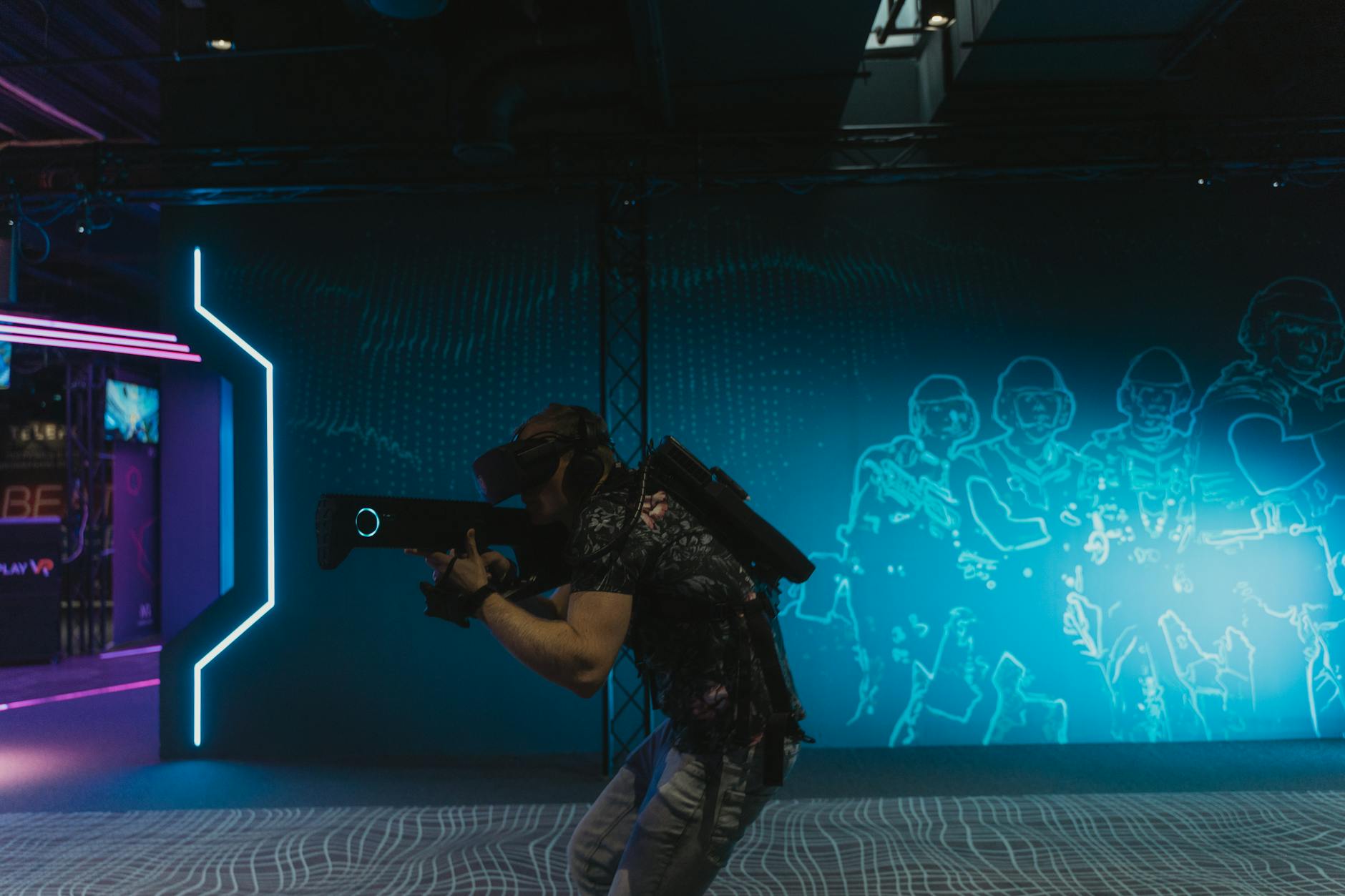Pixels to Polygons: A Visual History of Video Game Graphics
From the simple, blocky characters of early arcade games to the hyper-realistic worlds of modern AAA titles, the evolution of video game graphics is a testament to human ingenuity and technological advancement. This journey, from the limitations of pixel art to the breathtaking detail of polygon-based rendering, represents a fascinating intersection of artistic expression and technological innovation. We’ll explore the key milestones in this visual history, examining the techniques, limitations, and artistic choices that shaped each era. We’ll see how the shift from pixels to polygons fundamentally altered game design, gameplay, and the overall player experience. Prepare for a nostalgic trip through the vibrant and ever-evolving landscape of video game visuals.
The dawn of video games witnessed the birth of pixel art. These were the foundational building blocks of early digital imagery, forming characters and environments using a grid of individual colored squares. The limitations were stark – low resolution, simple color palettes, and a distinct lack of realism. Yet, within these constraints, artists crafted iconic characters and memorable worlds, often showcasing remarkable creativity and ingenuity.
The pixelated pioneers
Games like Space Invaders and Pac-Man epitomized this era. The charm of their simplistic visuals lies in their iconic status; their limitations became their strength. The stark, geometric forms of the characters and levels imbued them with a timeless quality. Artists learned to communicate effectively using minimal resources, mastering the art of suggestive design. They compensated for the lack of detail by employing clever animation techniques and a keen understanding of visual storytelling. While technically limited, these early pixel graphics possessed a unique aesthetic appeal that continues to resonate with gamers today, inspiring countless retro-style games and art styles.
The move to more advanced hardware allowed for a higher number of pixels and more sophisticated color palettes. Games like Sonic the Hedgehog and Super Mario World demonstrated the growing capabilities of the technology. While still essentially pixel-based, these titles exhibited significantly improved detail and smoother animation, pushing the boundaries of what was considered possible on the hardware of the time. The increased resolution and color depth enabled richer and more detailed worlds, allowing for more intricate character designs and more expressive environments.
The Polygon Revolution
The introduction of polygon-based rendering marked a significant turning point. Polygons, simple geometric shapes, could be manipulated to create more complex and realistic 3D models. Games like Doom and Tomb Raider showcased the potential of this new technology, although early polygon graphics were often characterized by low-polygon counts, resulting in “jagged” edges and a somewhat blocky appearance. This aesthetic, however, became synonymous with a specific era of gaming.
| Game | Year | Graphics Technology | Key Features |
|---|---|---|---|
| Space Invaders | 1978 | Pixel Art | Simple, iconic design |
| Super Mario World | 1990 | Enhanced Pixel Art | Improved resolution and color palette |
| Doom | 1993 | Polygon Rendering | Early 3D graphics, low polygon count |
| Crysis | 2007 | High-poly count, advanced rendering | High realism, detailed environments |
The Rise of Realism
As processing power increased, the number of polygons used in 3D models grew exponentially. This led to a significant improvement in visual fidelity, resulting in increasingly realistic character models and environments. Texturing techniques became more sophisticated, allowing for greater detail and more realistic surface appearances. The introduction of advanced lighting and shadowing effects further enhanced the sense of realism, blurring the line between the virtual and the real. Games like Crysis showcased the possibilities of this technological leap, displaying stunningly realistic visuals that pushed the boundaries of what was possible at the time.
A Continuous Evolution
The evolution of video game graphics continues at a rapid pace. Modern techniques like ray tracing and global illumination produce unbelievably realistic lighting and reflections. Procedural generation algorithms create vast and diverse game worlds with minimal manual intervention. The focus has shifted towards photorealism and immersive experiences, blurring the line between reality and the virtual world. While pixel art remains a beloved style, the path from pixels to polygons represents a remarkable journey, a testament to technological innovation and artistic creativity in gaming.
In conclusion, the journey from pixelated pioneers to the hyper-realistic worlds of today’s games has been a remarkable one, driven by advancements in hardware and software, and fueled by the boundless creativity of game developers and artists. From the simple charm of early pixel art to the breathtaking realism of modern polygon-based rendering, each era has offered unique aesthetic qualities and gameplay experiences. The evolution of graphics hasn’t just enhanced visual appeal; it has profoundly impacted game design, story-telling, and the overall immersive quality of the gaming experience. As technology progresses, we can only anticipate even more stunning visual advancements in the future of video games, continuously pushing the boundaries of what’s possible in virtual worlds.
Image by: Tima Miroshnichenko
https://www.pexels.com/@tima-miroshnichenko


